Track leads from SEO in Formidable Forms
Learn how you can use Attributer + Formidable Forms to track the number of leads coming from your SEO initiatives.
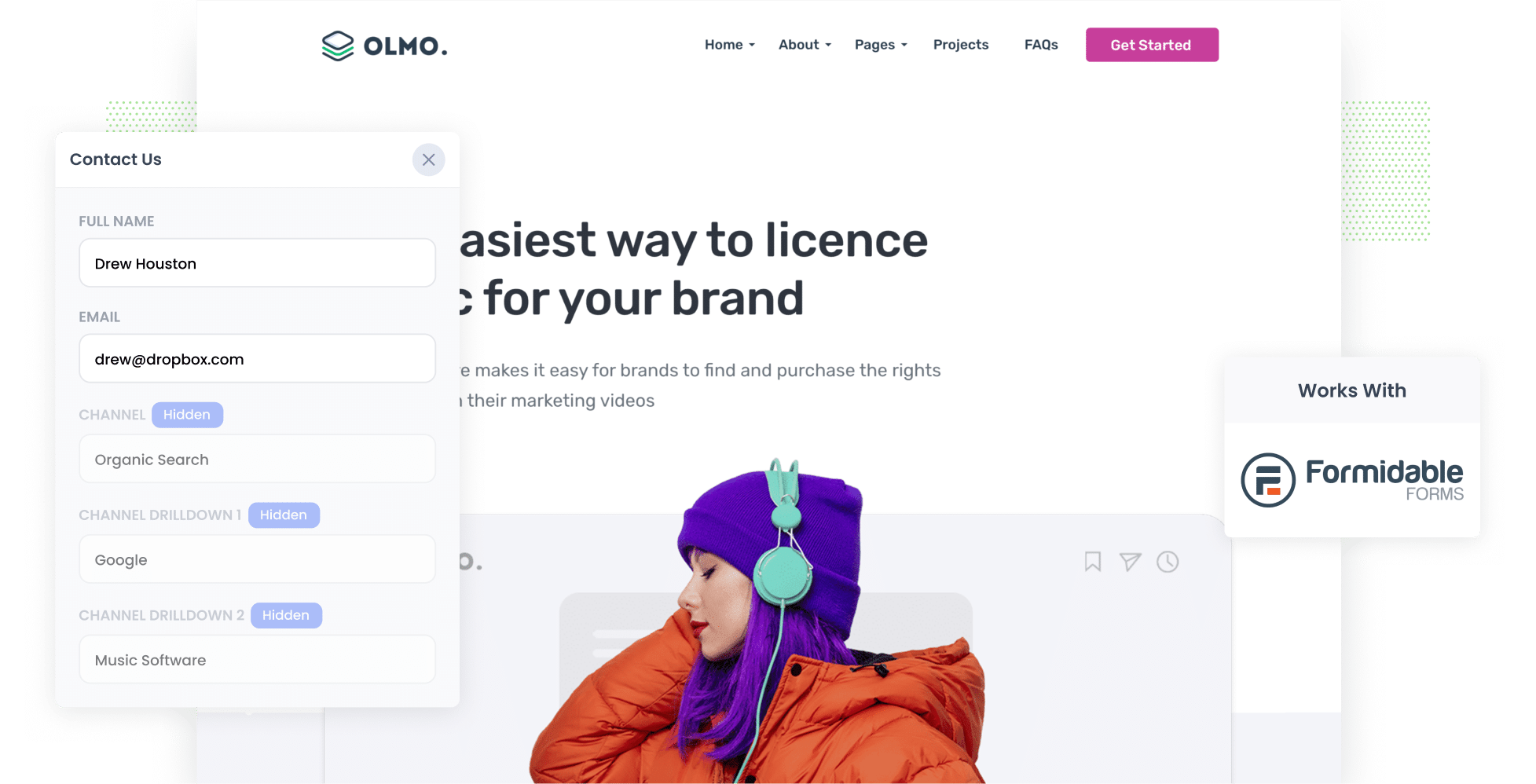
Tracking exactly how many leads and customers you’re getting from your SEO efforts isn’t always easy.
While tools like Google Analytics can show you how many visitors arrived on your site through organic search, they don’t clearly show how many of those visitors turned into actual leads and customers.
Luckily, there’s a simple way to solve this problem.
In this article, we’ll show you how to use Attributer to captures organic search details every time someone fills out one of your Formidable Forms. We’ll also share some examples of useful reports you can create to see precisely how many leads and customers your SEO efforts are generating.
4 steps to track leads & customers from SEO in Formidable Forms
Tracking the number of leads you get from SEO is simple when you use Attributer with Formidable Forms. Let me show you how it works:
1. Install Attributer on your website
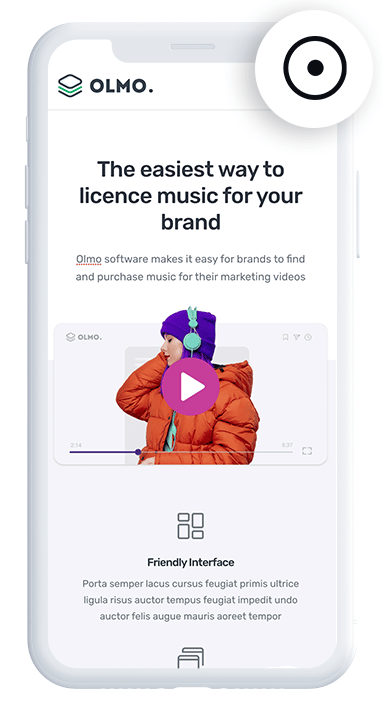
When you start your 14-day free trial of Attributer, you’ll get a small snippet of code to add to your website.
Adding the code is straightforward. Usually, you can paste it directly into your site’s settings or use a tool like Google Tag Manager.
If you’d like some extra guidance, we’ve put together step-by-step instructions for popular website builders, including WordPress, Wix, Webflow, Squarespace, and more. You can find those instructions here.
2. Add hidden fields to your forms
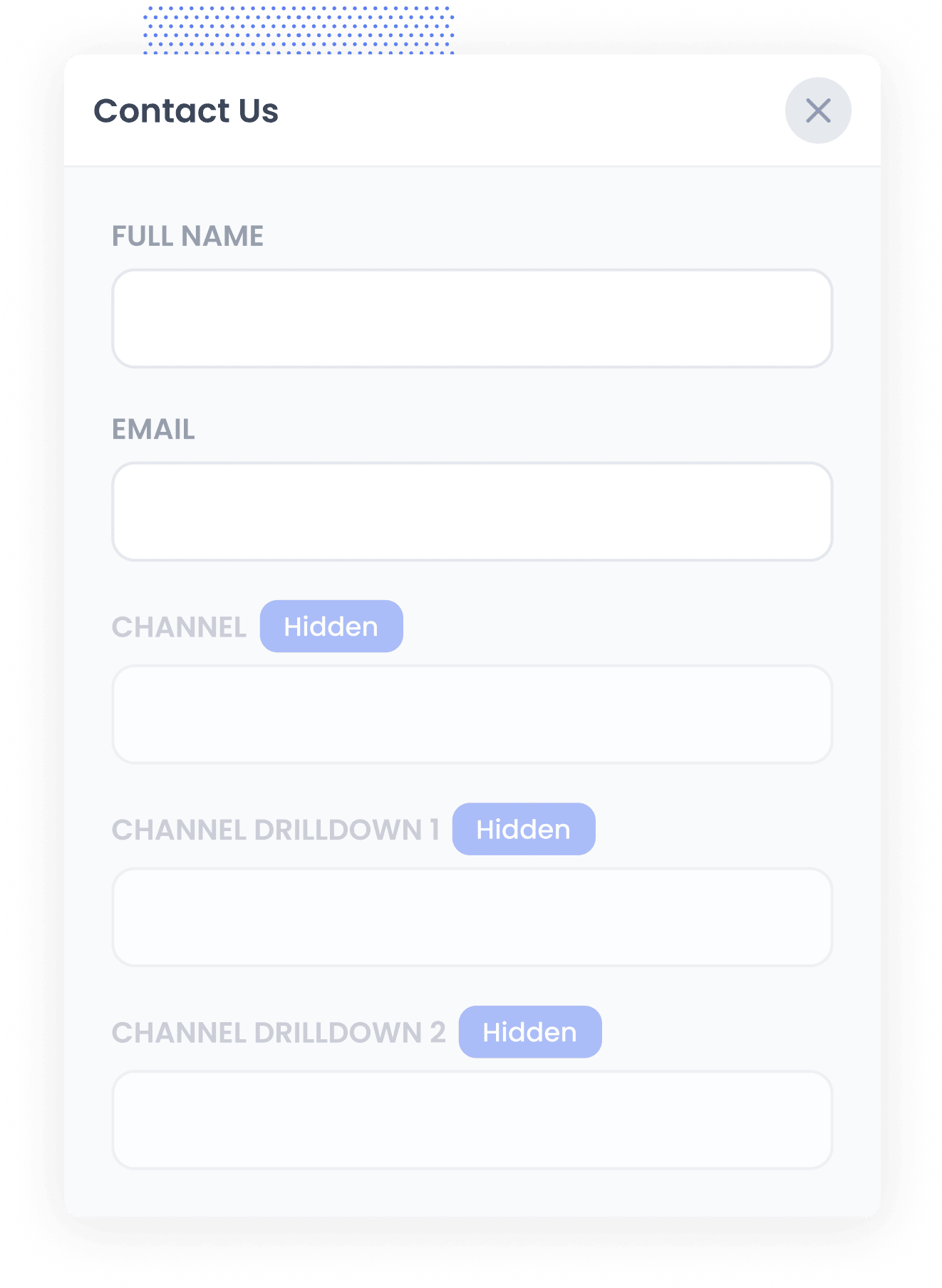
After you’ve installed the code, the next step is to add several hidden fields to your website’s lead capture forms. These hidden fields are:
- Channel
- Channel Drilldown 1
- Channel Drilldown 2
- Channel Drilldown 3
- Landing Page
- Landing Page Group
Luckily, Formidable Forms makes this incredibly easy. Just drag and drop the “Hidden” field type into your form, then give each field its designated name and default value. You can see step-by-step instructions here.
3. Attributer writes SEO data into the hidden fields
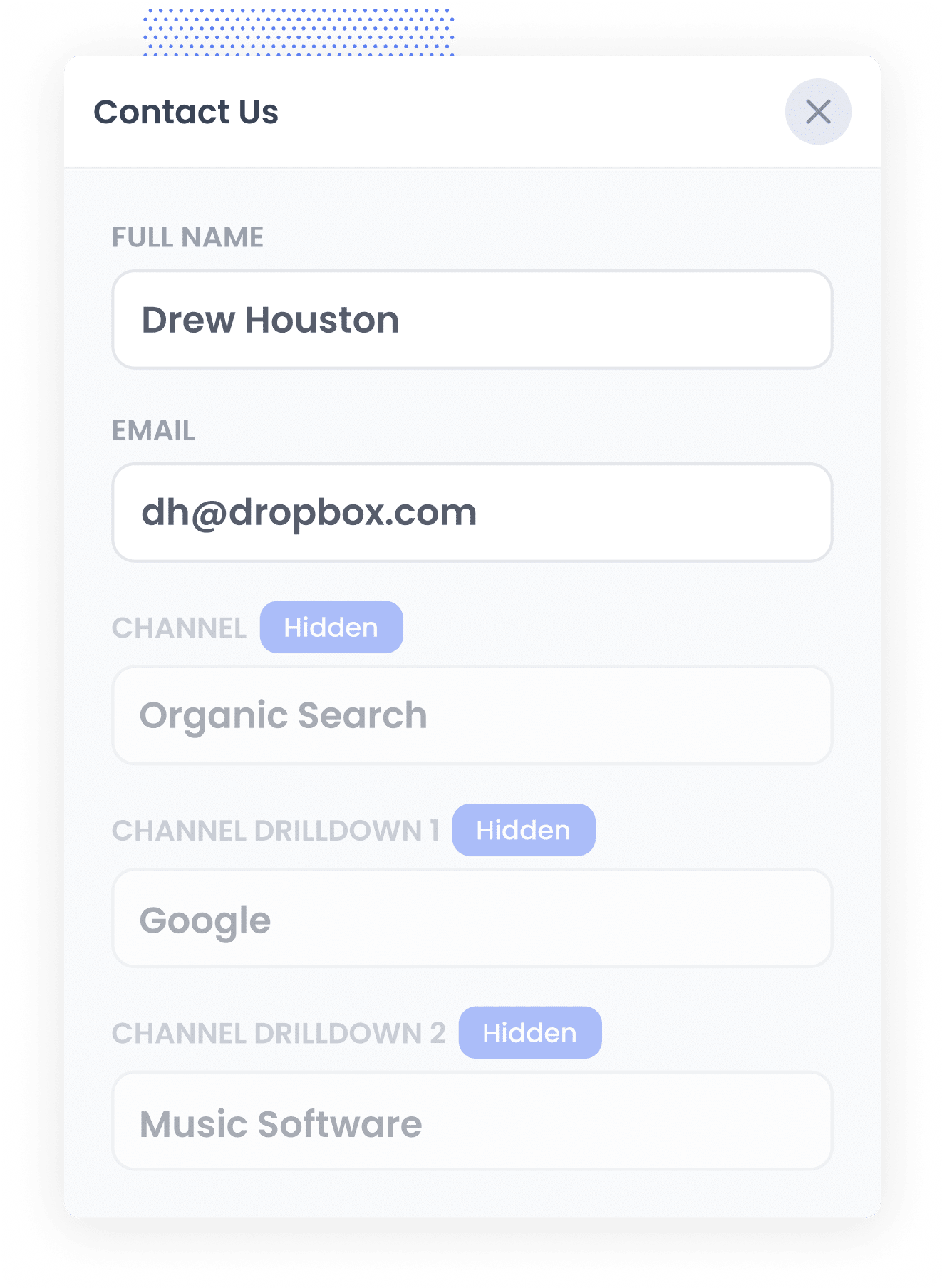
When someone visits your website, Attributer looks at various details (similar to what tools like Google Analytics look at) to figure out how that visitor found your site.
It then categorises each visitor into channels, like Organic Search, Paid Search, or Paid Social, and saves this information directly in the visitor’s browser.
Later, when that visitor fills out one of your forms (for example, your “Contact Us” or “Request a Quote” form), Attributer automatically writes the information into the hidden fields. This includes data like the channel they came from (such as Organic Search), the specific source (for example, Google), the keyword they searched for, and more.
4. SEO data is captured with each lead
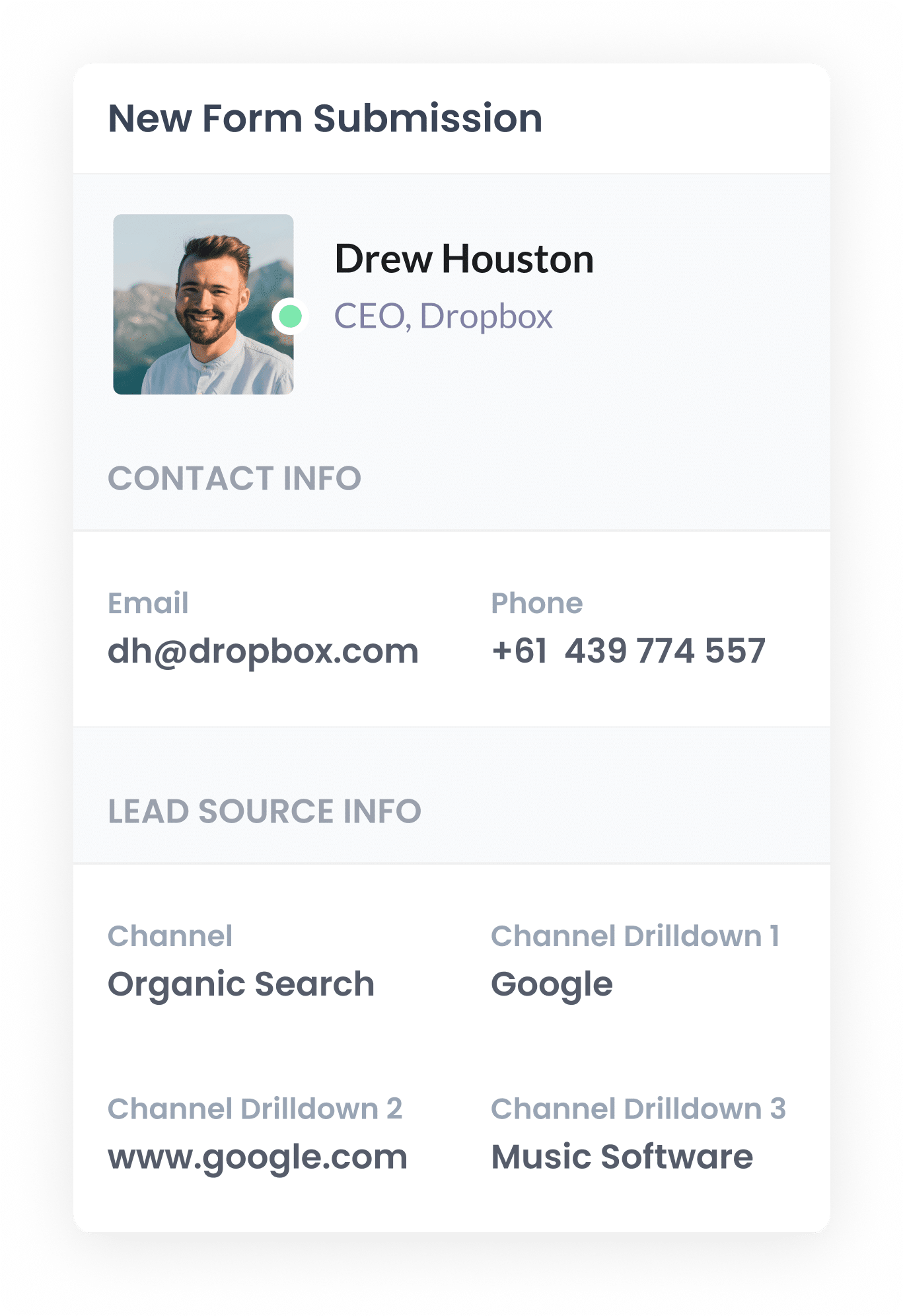
When a visitor submits a form on your website, Formidable Forms captures all the organic search details that Attributer stored in the hidden fields, right alongside the visitor’s name, email, and other info.
You’ll easily be able to view these details in the Entries section of Formidable Forms, include them in your email notifications, pass them to your CRM, and more.
What data gets captured
Attributer provides two helpful types of information about your leads: how they arrived at your website (the “channel”) and the specific content that drew them in (the “landing page”).
For instance, let’s say you’re on the marketing team at a law firm. If someone arrives on your site through an organic Google search, Attributer would provide data like this:
- Channel = Paid Search
- Channel Drilldown 1 = Google
- Channel Drilldown 2 = www.google.com (or the domain they came from, like google.com.au or google.co.uk)
- Channel Drilldown 3: contract law firm in Sydney (or the keyword they searched for, when it’s available)
You would also get information on what page they landed on. Continuing the example above, it might look a bit like this:
- Landing Page = abbottslaw.com/blog/contract-lawyers-sydney
- Landing Page Group = /blog
This landing page information helps you quickly understand which of your website’s content pieces are most successful at attracting leads from organic search, making it clear what type of content you might want to create more often.
What you can do with the data
Once Formidable Forms captures your organic search data, there are lots of useful ways you can put it to work:
You can easily see the organic search data alongside each form submission in the ‘Entries’ section within Formidable Forms in your WordPress dashboard.
Include it in email notifications
You can add the organic search information directly into the notification emails Formidable Forms sends whenever someone fills out your form. This way, you’ll instantly know where each new lead came from when you check your inbox.
Integrate it with your CRM
Send your SEO data directly to CRM platforms like Salesforce, HubSpot, or Pipedrive. This allows you to run reports that show you exactly how many leads you got from your SEO efforts, how many converted to customers, how much revenue was generated, what the average deal size was, and more.
Send it to a spreadsheet
Formidable Forms has a direct integration with Google Sheets that lets you easily send the SEO data into a spreadsheet. Once in the spreadsheet, you can quickly create charts and graphs showing how many leads are coming from organic search, which content attracts the most leads, and more. Plus, you can connect advanced tools like Google Data Studio to build more detailed dashboards.
3 example reports you can run when you capture organic search data in Formidable Forms
Over the course of my 15-year career in marketing, I have spent thousands of hours working on SEO and run hundreds of reports to track what impact our efforts are having.
Below I have shared 3 of the reports I have found most useful over the years.
1. Leads by Channel
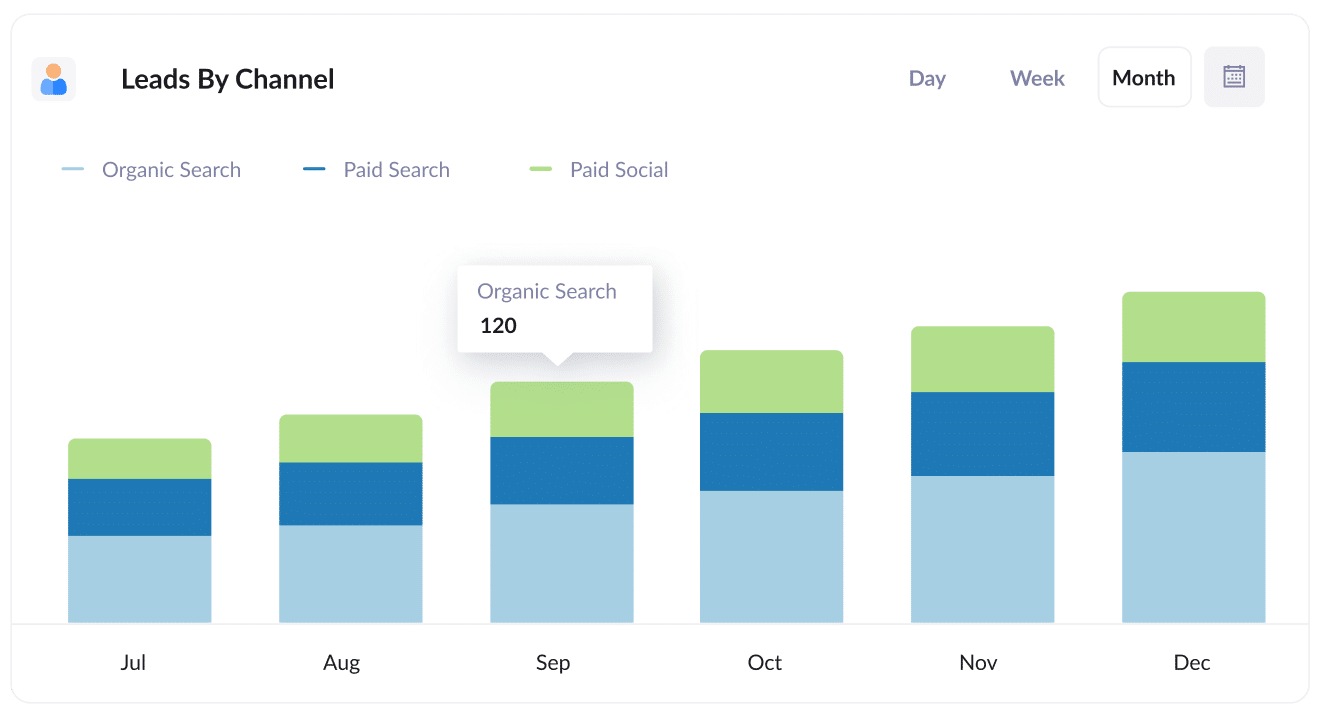
This report provides a clear breakdown of how many leads your business is getting from each marketing channel, including Organic Search, Paid Search, Paid Social, and more.
It can give you a good, high-level overview of how your SEO efforts are performing and whether they're generated more leads for your business each month.
I also find it helpful to compare SEO performance to other channels. For example, if Organic Search is generating more leads than Paid Search, yet your budget primarily supports paid ads, it might indicate an opportunity to allocate more resources toward SEO.
2. Leads from Organic Search by Landing Page Group
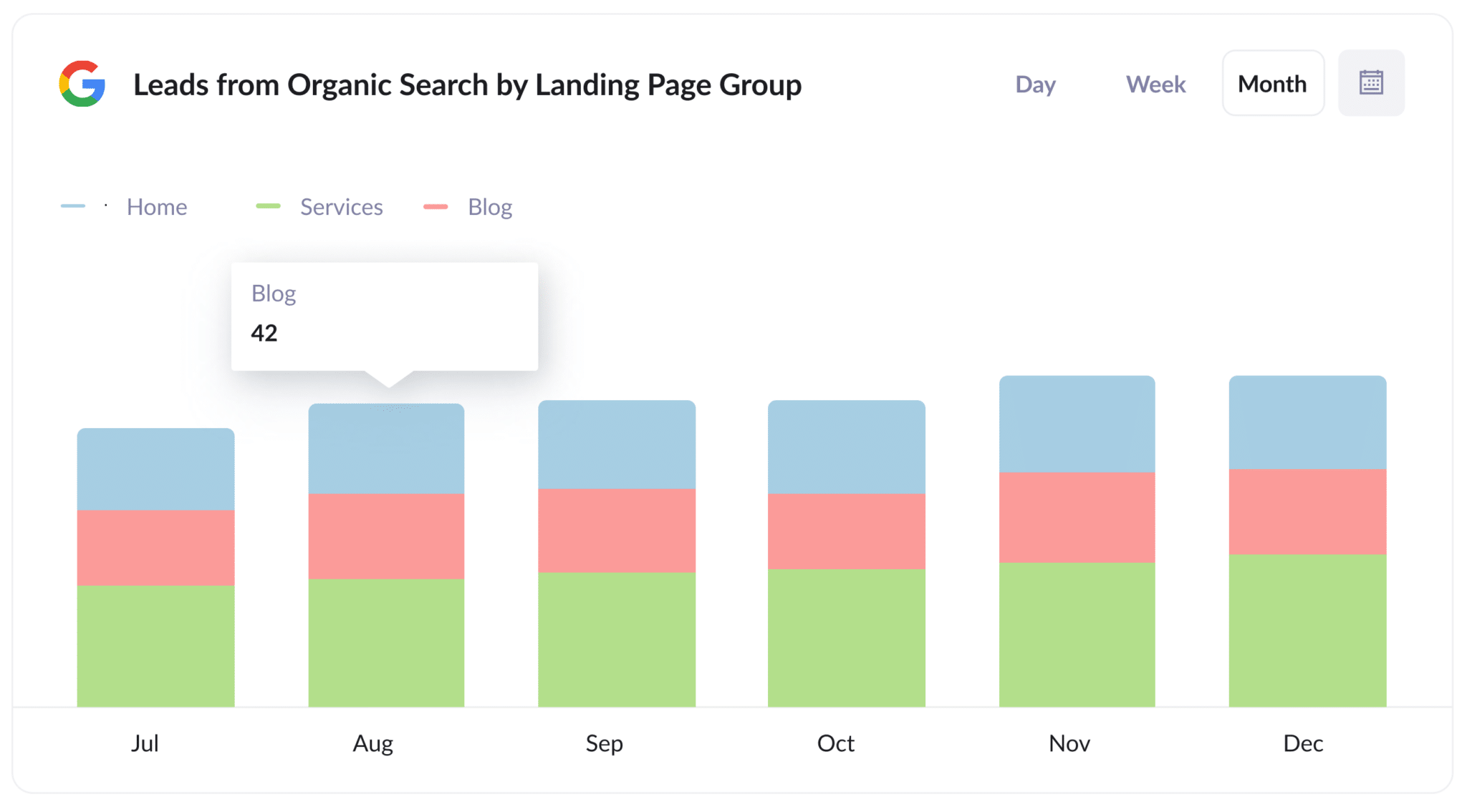
This report gives you a clear picture of how many new leads you're getting from organic search each month, broken down by the type of content that attracted them to your site.
It’s a great way to see exactly which parts of your website are performing best in terms of SEO, so you know what’s really resonating with your audience.
3. Leads from Organic Search by Landing Page
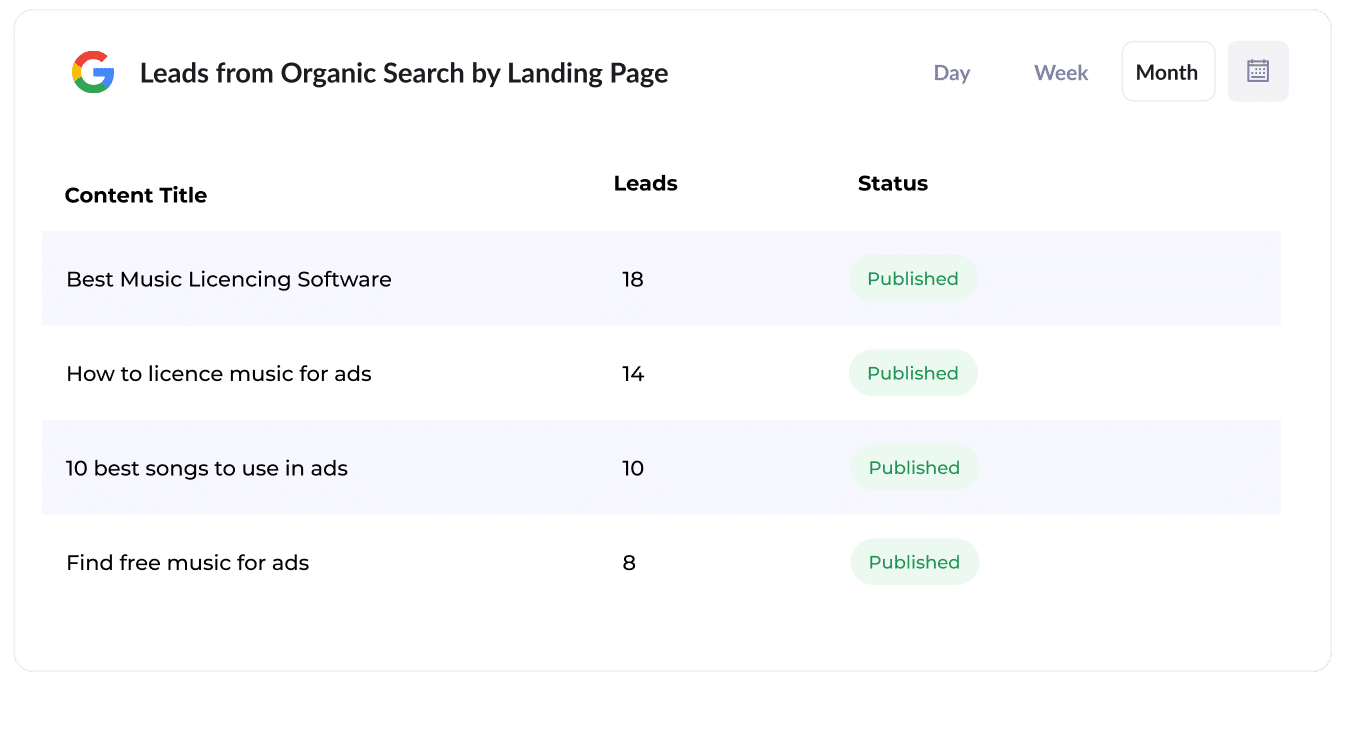
This report highlights the number of new leads each piece of content (like individual blog posts) is bringing to your business.
It’s a great way to quickly understand what content resonates most with your audience, so you can focus your efforts on creating more of what’s working best.
How Attributer helped Flare HR 4x the number of leads they got from SEO
Flare HR, a Sydney-based company with more than 100 employees, provides HR management software to thousands of businesses.
As part of their offering, Flare HR included a collection of HR document templates that customers could customise for employee onboarding, such as employment contracts and internal policy templates.
Looking to drive more traffic and leads through SEO, Flare decided to make these templates publicly accessible on their marketing website. They created dedicated landing pages for each document, and within a few months, these pages were attracting tens of thousands of visits from search engines every month.
However, the marketing team encountered a challenge: they had no way of knowing whether these visitors were actually converting into leads and customers or simply downloading the templates and leaving.
This is where Attributer came in.
When a visitor arrived on the Flare HR website, Attributer captured details such as the traffic channel they came from (e.g., Organic Search), the specific landing page they visited (e.g., flarehr.com/templates/mobile-phone-policy), and its category (e.g., /templates).
If the visitor later filled out a form, such as a demo request, this information was automatically passed into Flare’s CRM.
With this data, the Flare team could generate reports to track exactly how many leads their templates were producing, how many converted into paying customers, and even the revenue generated from the initiative.
The results were impressive. The template strategy led to a 2.4x increase in new leads per month at an exceptionally low cost-per-lead (virtually $0).
Seeing the success, Flare expanded their efforts, doubling the number of templates available, optimising the pages for better search rankings, and refining their approach. As a result, they ultimately quadrupled the number of leads they generated each month.
“Attributer showed us that our SEO efforts were in fact generating customers & revenue and gave us the confidence to double down. We’ve seen a 4x increase in leads as a result”

James Windon - Co-Founder, Flare HR

Wrap Up
If you’ve been searching for a simple way to measure how many leads your SEO efforts generate, using Attributer with Formidable Forms is a great choice.
Best of all, it’s free to get started with Attributer and usually takes less than 10 minutes to set up. So start your 14-day free trial today!
Get Started For Free
Start your 14-day free trial of Attributer today!

About the Author
Aaron Beashel is the founder of Attributer and has over 15 years of experience in marketing & analytics. He is a recognized expert in the subject and has written articles for leading websites such as Hubspot, Zapier, Search Engine Journal, Buffer, Unbounce & more. Learn more about Aaron here.
